CircuitEngine
Circuit Simulation and Resources
Solve circuits instantly!
Please bookmark and share this site:Electronics and electrical physics classes worldwide suffer high failure rates. Learning electrical physics is challanging because many new concepts are introduced and circuits have transparency, meaning that their properties, such as charge, potential, and current are invisible to the naked eye. CircuitEngine is a program that makes the learning process easier by allowing any circuit to be drawn and analyzed with seven types of meters and resizable, zoomable graphs. With CircuitEngine, you won't have to wonder whether the countless pages of calculations you spend hours on are correct. You may even find mistakes in your textbook. Additionally, CircuitEngine.com provides free study material that explains the concepts of electrical physics. With CircuitEngine, you will gain the intuitive grasp of circuits needed to be competitive. Best of all, CircuitEngine is free.
Read about CircuitEngine below, or click one of the links in the menu to the left.Some examples of CircuitEngine's capabilities:
Calculate Equivalent Resistance with OhmmetersCalculate Equivalent Capacitance with Capacitance Meters
Calculate Equivalent Inductance with Inductance Meters
Solve Complex Multiple-Loop Kirchoff's Laws Problems
Graph Capacitors Charging and Discharging (RC circuits)
Graph Inductors Charging and Discharging (RL circuits)
Instantly Charge and Discharge Capacitors Through Batteries (voltage sources) or Each Other
Instantly Charge and Discharge Inductors Through Current Sources or Each Other
Graph RLC Circuits (overdamped, underdamped, critically damped, undamped)
Graph Resonance and Beats in Series AC Circuits
Graph Resonance and Beats in Parallel AC Circuits
Make Phase Planes that Compare any Two Quantities in a Circuit
Calculate Equivalent Resistance with Ohmmeters
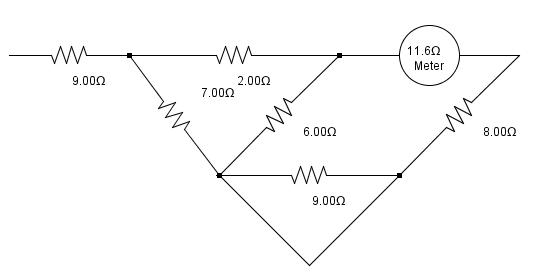
Calculate Equivalent Capacitance with Capacitance Meters
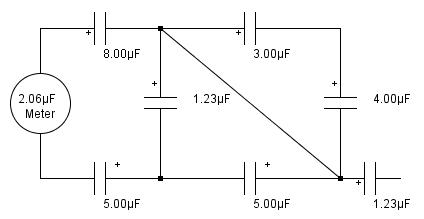
Calculate Equivalent Inductance with Inductance Meters
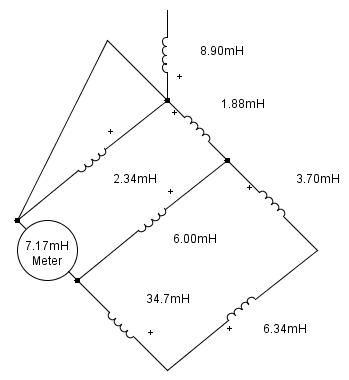
Solve Complex Multiple-Loop Kirchoff's Laws Problems
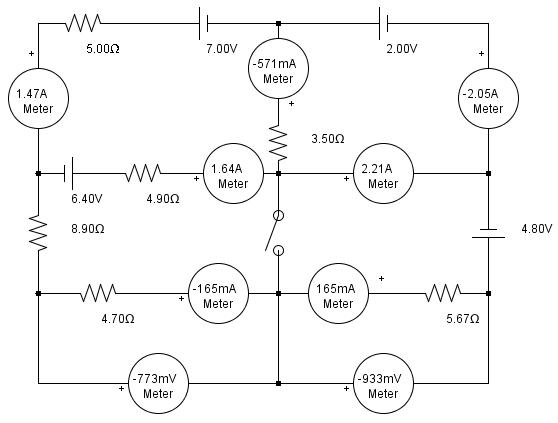
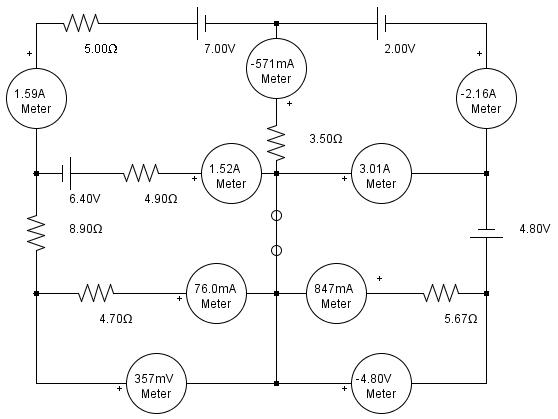
Graph Capacitors Charging and Discharging (RC circuits)

Charging:
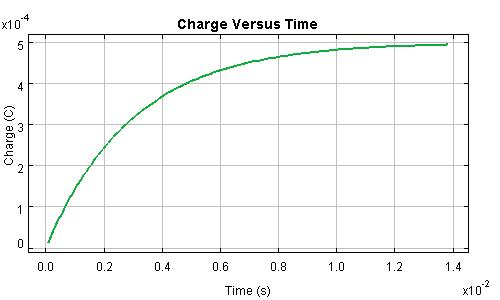
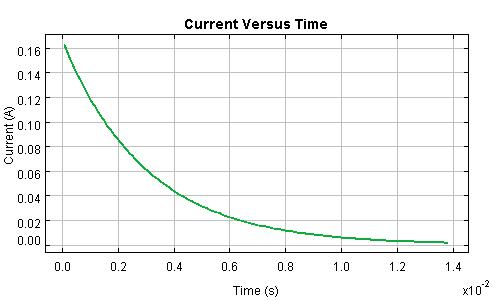
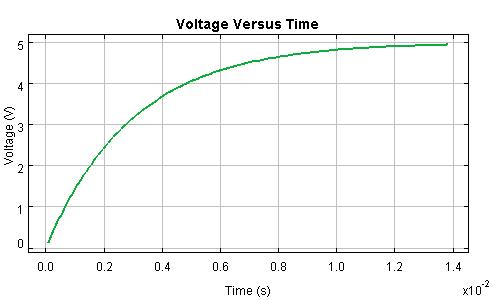
Discharging:

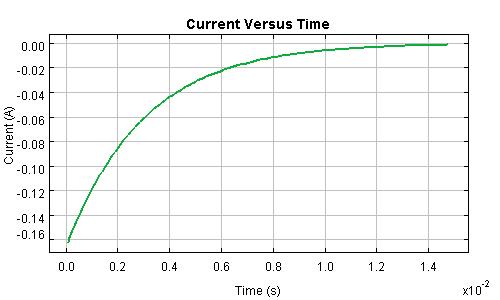
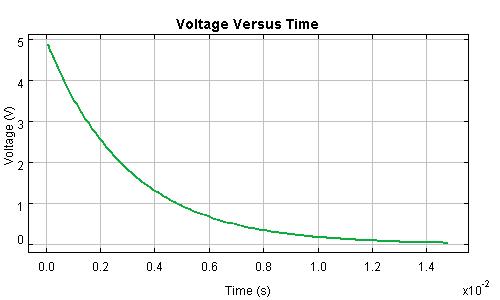
Graph Inductors Charging and Discharging (RL circuits)

Charging:
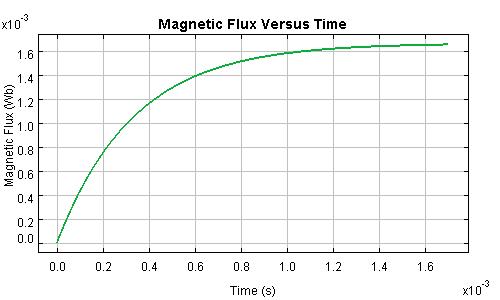
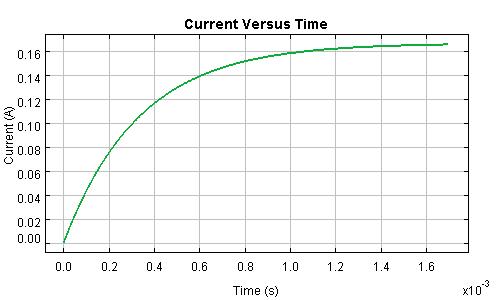
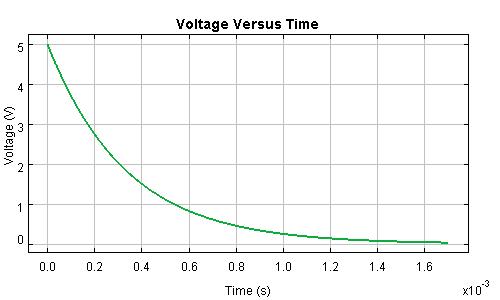
Discharging:
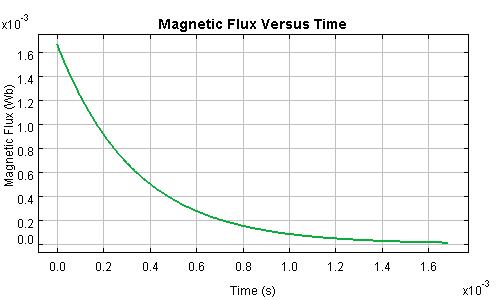
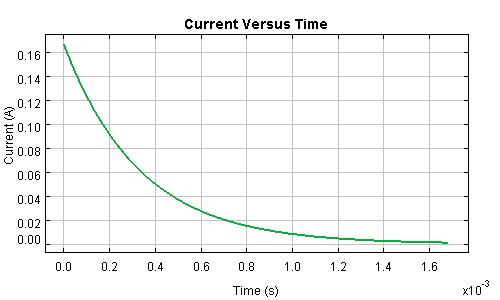
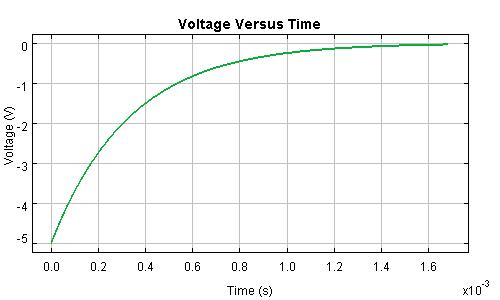
Instantly Charge and Discharge Capacitors Through Batteries (voltage sources) or Each Other
Start with two uncharged capacitors:

Charge each capacitor to a different voltage:
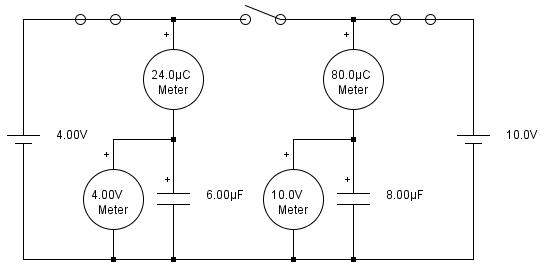
Disconnect the capacitors from the batteries:
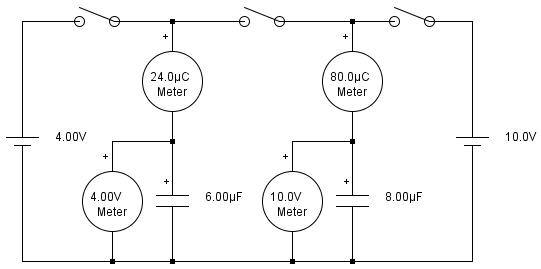
Connect the two capacitors. Notice that the capacitors now have the same voltage across them and that the same amount of charge moved through each capacitor during this step:
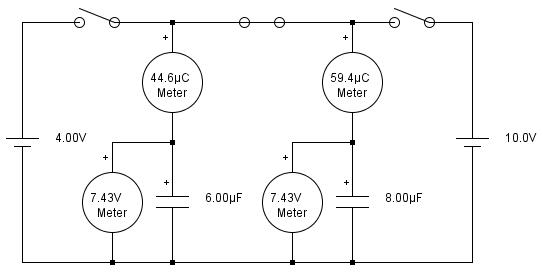
Instantly Charge and Discharge Inductors Through Current Sources or Each Other
Start with two uncharged inductors:
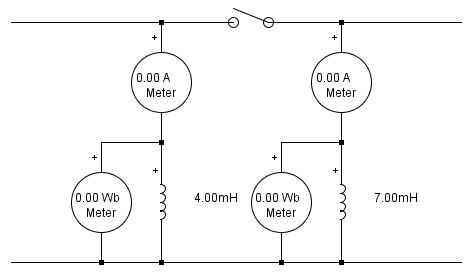
Connect each inductor to a different current:
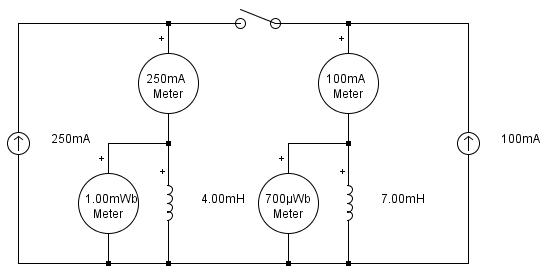
Pause the simulation. Disconnect the inductors from the current sources. Connect the inductors together. Start the simulation again. Notice that the inductors now have the same current through them and that both inductors had the same amount of change in magnetic flux during this step:
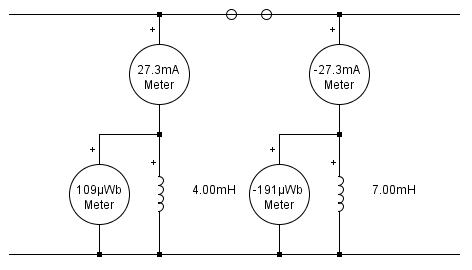
Graph RLC Circuits (overdamped, underdamped, critically damped, undamped)
Make this series RLC circuit and vary the values of the components:
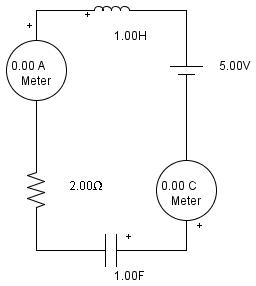
Underdamped (R2 < 4 * L / C) (R = 300mΩ, L = 1H, C = 1F, E = 5V):

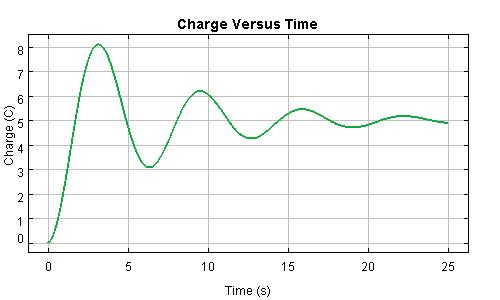
Critically Damped (R2 = 4 * L / C) (R = 2Ω, L = 1H, C = 1F, E = 5V):

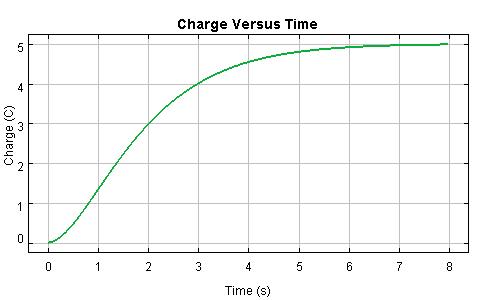
Undamped (LC Cirucit) (R = 0Ω, L = 1H, C = 1F, E = 5V):

Graph Resonance and Beats in Series AC Circuits
Make this series circuit with an AC voltage source:

Resonance (f = 1/(2 * π)Hz, ω = 1rads/s):
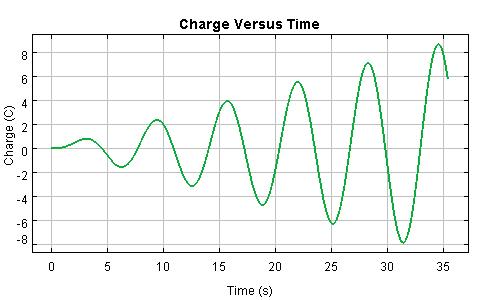
Beats (f = 0.8/(2 * π)Hz, ω = 0.8rads/s):
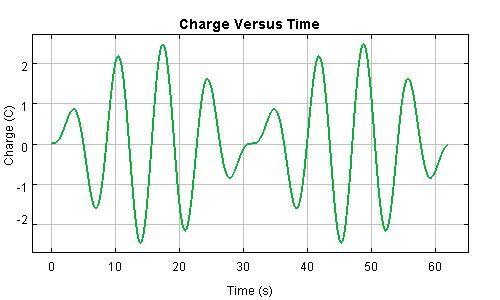
Graph Resonance and Beats in Parallel AC Circuits
Make this parallel circuit with an AC current source:
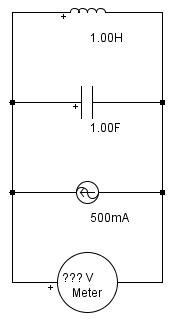
Resonance (f = 1/(2 * π)Hz, ω = 1rads/s):
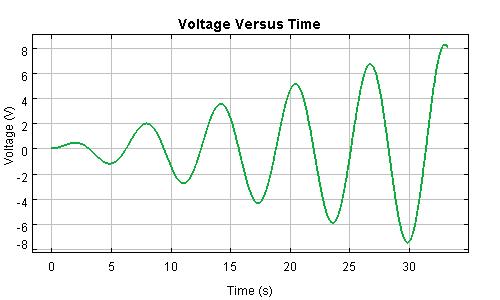
Beats (f = 0.8/(2 * π)Hz, ω = 0.8rads/s):
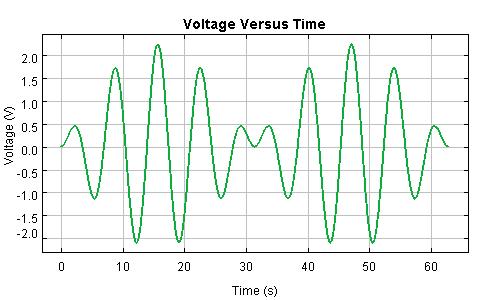
Make Phase Planes that Compare any Two Quantities in a Circuit
A phase plane produced from the underdamped RLC circuit above:
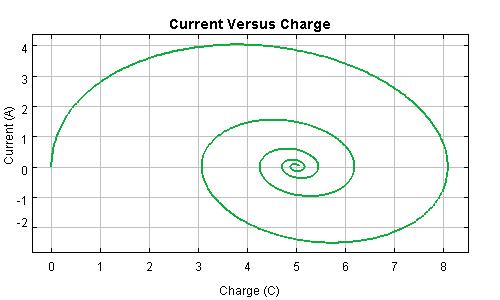
Some of the things you can do with CircuitEngine:
Calculate equivalent resistance, capacitance, and inductance for complex series and parallel combinations.
Solve for the voltages and currents in multiple loop Kirchoff's Laws problems.
Charge capacitors and discharge them through other capacitors. What are the new voltages and charges?
Charge inductors and discharge them through other inductors. What are the new currents and magnetic fluxes?
Analyze RC, RL, LC, and RLC circuits. Graph voltage, charge, current and magnetic flux. Graphs are zoomable and resizable.
Components included in CircuitEngine: Wires, Batteries (voltage sources), Resistors, Capacitors, Inductors, Switches, Current Sources, Ammeters (Current Meters), Current Integrators (measuring charge), Voltmeters, Voltage Integrators (measuring magnetic flux), AC Voltage Sources, AC Current Sources, Ohmmeters (Resistance Meters), Capacitance Meters, and Inductance Meters
Simple Interface: Click to create a component. Drag to move a component. Right click to set its properties.
View the CircuitEngine Tutorial
© 2009 Kevin Stueve kstueve@uw.edu. Web template by Andreas Viklund.

This work is licensed under a Creative Commons Attribution 3.0 Unported License.